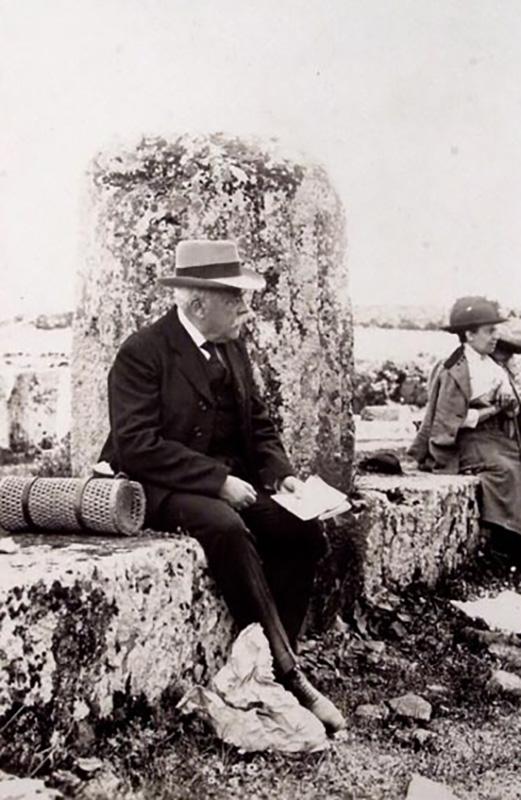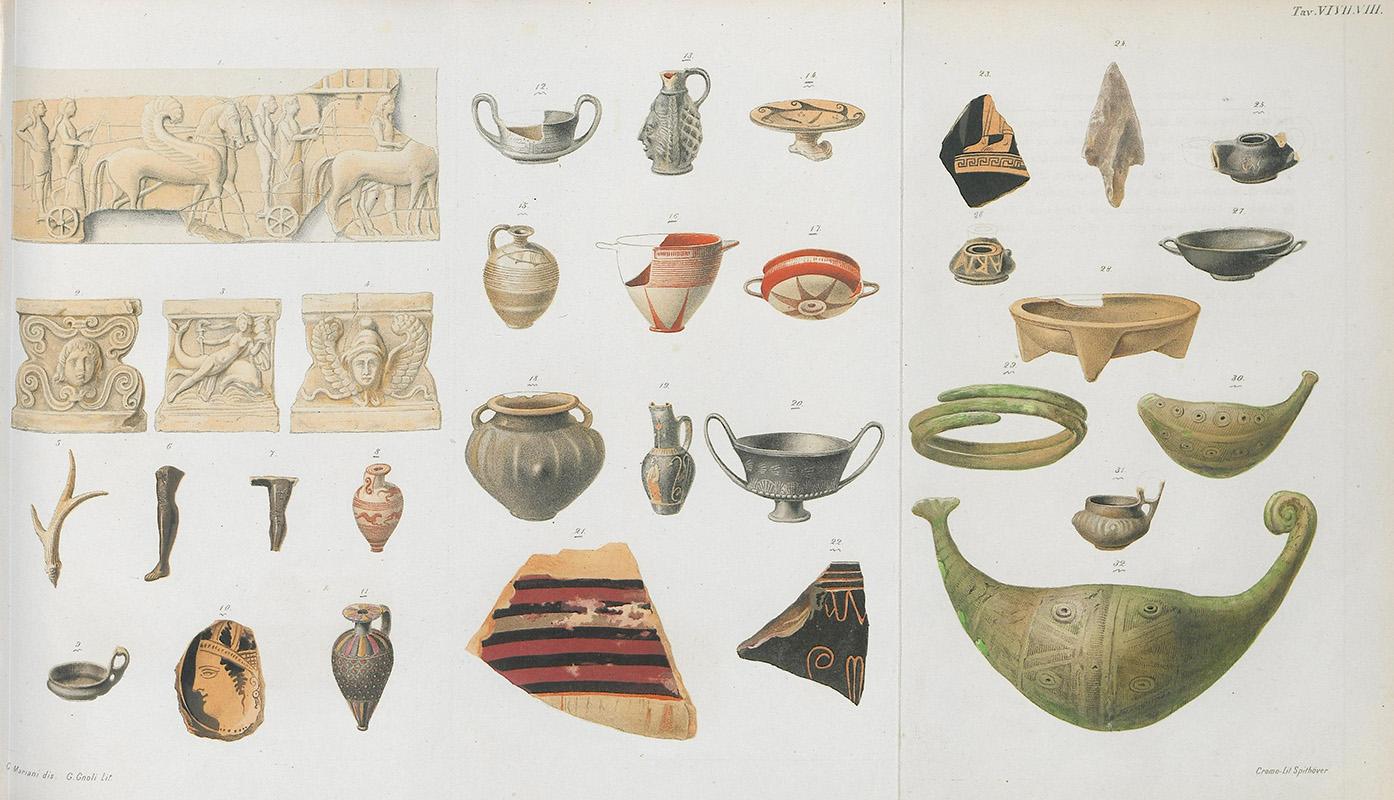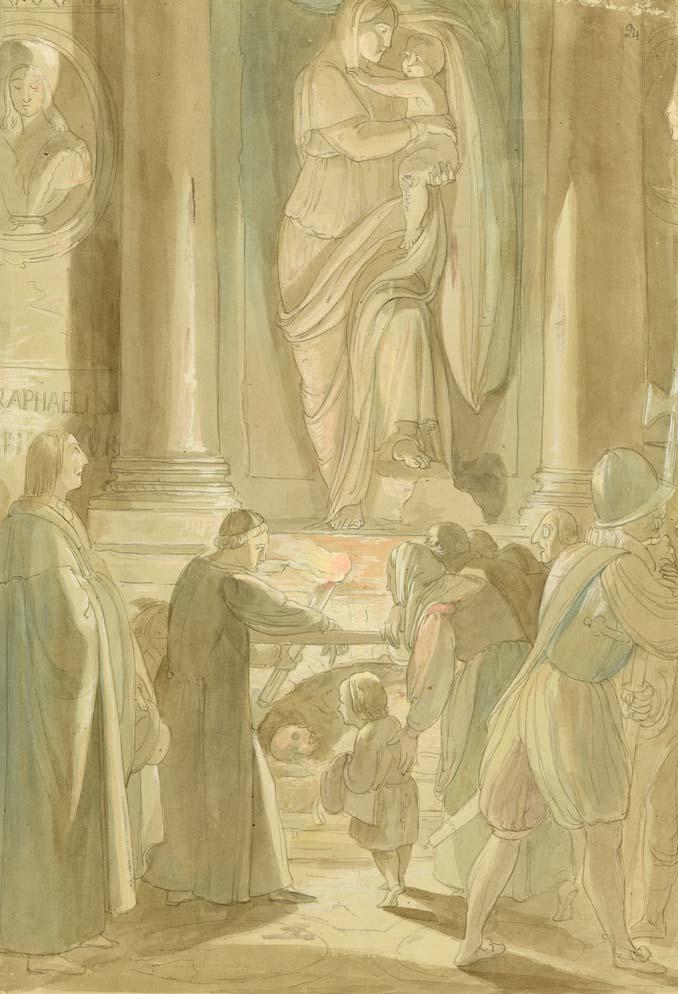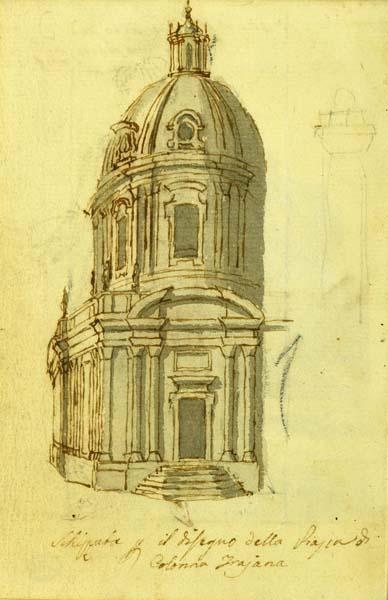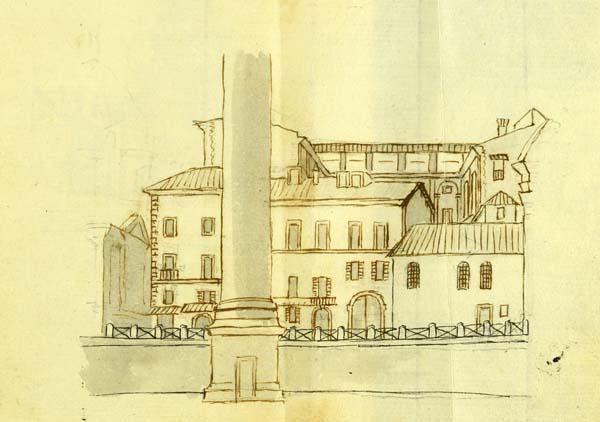The Lanciani Archive
One of the most well-known historical archives of BiASA, these books, documents and other precious materials once belonged to the most famous Italian archaeologist and topographer alive at the turn of the 20th century
Rodolfo Lanciani (1845-1929) was one of Italy’s most eminent archaeologists. Originally from Montecelio (Guidonia), Lanciani attended the schools of the Roman College, then earned a university degree in engineering from La Sapienza. In the field of archaeology, he had Giovanni Battista De Rossi and Carlo Lodovico Visconti as teachers. Deputy Director of the Kircherian Museum and Director of Excavations since 1877, in 1878 he was appointed professor of Roman Topography at the University of Rome.
His work was mostly carried out in the field, with surveys and excavations conducted in Rome and the surrounding countryside, along with searches in documents and the preparation of reports, published monthly in specialised, official periodicals. His important studies formed the basis of work that would prove to be fundamental to Roman archaeology, such as Forma Urbis Romae (1893-1901, on the Severan Marble Plan) and Storia degli Scavi, first published in 1902.
In his Roman topography research, Lanciani stood out from his contemporaries for having considered illustrated documentation to be an essential form of support, alongside written sources. His archive is a faithful reflection of that: ‘the importance of this collection’, he wrote, ‘derives from the large number of original drawings and ante litteram prints which I purchased from the heirs of the architect-engravers. Butii, Paolo Posi, G.B. Cipriani, Ludovico Caracciolo, Luigi Canina, Luigi Rossini, Gian Luigi Valadier, Antonio de Romanis, Francesco Pannini, G. Winkelm[ann], Agostino Penna, Seroux D’Agincourt, Pinelli’ (Lanciani manuscript 136/2).
The Lanciani Archive is composed of his library and his collection of prints, drawings and photographs, most of which are from the 17th to 19th centuries. This collection of prints, drawings (including archaeological, architectural and urban surveys) and photographs reached the Library divided into folders, and was subsequently re-arranged into volumes, maintaining the original order.
Those volumes are monographs on single monuments (e.g., the Colosseum, the Forum, etc.) or on a specific monument type (e.g., baths, fountains, aqueducts), or essentially topographic or cartographic in nature (e.g., Regions, Maps of Rome, Panoramas).
Materials of all types, from different dates and authors, are found in each volume. In the tomes on churches, for example, there are etchings and engravings of all sizes and from every era, drawings and designs (surveys, refurbishing projects, adaptations, restorations), and photographs. Other volumes collect work by individuals operating in the arts, such as Silvestre, Caracciolo and Rossini.
The Lafréry collection holds a special place in the archive: composed of circa 5,000 copperplate engravings from the 16th century, by different artists, found in Antonio Lafréry's workshop, a leading publisher/printer working in this field in Rome, and reprinted in subsequent editions, when the masters were handed on to other printers over the following three centuries (De Rossi, Losi, Calcografia Camerale).
These volumes are also divided by topic (monuments, maps, obelisks, museums, apostles, sibyls, etc.) or by author (C. Cort, Master of the Die, Marcantonio Raimondi and his followers, Enea Vico, Caraglio, G. Bonasone, the Carracci, Ghisi, Villamena, Thomassin, and Cherubino Alberti).
The Lanciani Archive was acquired in 1929 by the National Institute of Archaeology and Art History (INASA - Istituto Nazionale di Archeologia e Storia dell’Arte), which entrusted it to the Library. All the materials it contains, totalling approximately 7,000 pieces, are filed by subject, in a special card catalogue available on site. To date, around 4,000 graphic works have been digitized and can be viewed online: Images of Rome. The Fondo Lanciani Digital Archive

